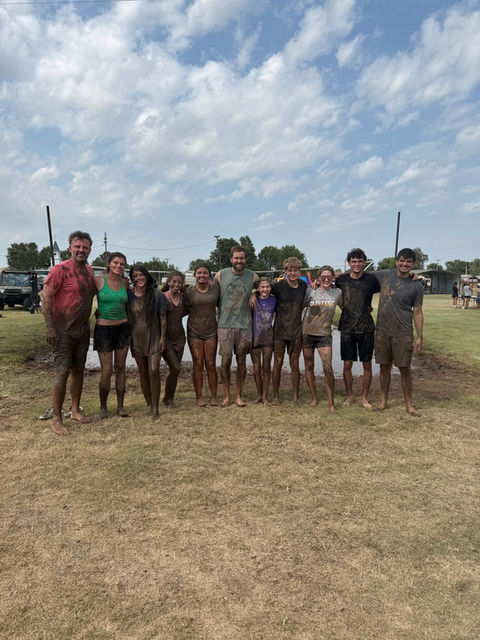

OUR STORY
I'm a paragraph. Click here to add your own text and edit me. It's easy.
The Great Plains Country was the most unique and unfriendly area of the United States in terms of early settlement and development. Through rugged courage and individualism, the pioneer settlers "Won the West" in this most raw and untamed environment prevalent from the Rocky Mountains to the Ozarks and from Canada to the Gulf of Mexico.
The late 1800's brought the beginning of the settlement of the Great Plains Country. The Mayflower Pilgrims might never have stayed, if they were faced with the same difficulties as the Western settlers. These latter settlers had to face not only the unfriendly Indians, but the scarcity of water, timber for fuel and shelter, plus the extreme weather conditions. The buffalo hunter, the most hated enemy of the Plains Indian, killed off much of the natural game of the territory.
While these first pioneers drifted in wanting to make permanent homes, the Indians were on the rampage, and the few cattlemen were increasing their greed of ownership of land. This left the small sod-farmer pretty much in the middle. it must have been predestined thought, for this land to be settled, because anything other than all consuming desire to own a home and land and raise a family would have driven most people away.
Lush grasslands stretched for endless miles. The cattlemen wanted this land and were as unfriendly to the settlers as the Indians were. Alone, miles from any neighbor and water being scarce, life was hard and lonely. Bitter winters in the open plains found the settlers in desperate need of fuel. With miles and miles of grass, no fuel was available. Fuel for fire was needed in almost everything the settler did from cooking to branding to heating their homes.
The Buffalo hunters had found that dried buffalo chips could be burned with adequate results. By the time the settlers came, through, most of the buffalo were gone. He found he had to rely on the "Cow Chip" for furnishing his fuel to cook his food, warm his house and in a sense, sustaining his life. When dry, the chips emitted no odor, gave a clear bright flame and burned with intense heat and there was no soot.
Chips were gathered and stored for the winter as autumn set in. During this early period, money was scarce and work for actual wages was even scarcer. A wagon load of chips could be gathered, taken to town and traded for food or anything else that the pioneer needed.
In the fall of each year, early settlers would take their wagons to the pastures to load up cow chips for the winter. With the whole family along, it became a sport as to who could throw the chips into the wagon with the most accuracy. To say the least, Cow Chips were of great importance to the Great Plains Settlers. The heritage of this area was based on one of nature's most fundamental elements.
Not until 1970, however did anyone consider making a sport out of "Throwing Cow Chips". The Cimarron Territory Celebration is held each year in Beaver, Oklahoma in remembrance of the early day pioneer. Only now instead of throwing theses chips into the wagon, competition is held to see who can throw them the farthest distance from the wagon. Men, women, VIP's and teams have their own judging. Wind velocity and direction play an important role in the annual Beaver Cow Chip Throwing Celebration.
OUR COMMUNITY
At Beaver Chamber, we believe in the power of community. Our team members are dedicated to bringing people together and creating connections that last beyond the events. We are committed to fostering a supportive and inclusive community of like-minded individuals who share a passion for history, culture, and unforgettable experiences.
EVENTS FROM THE PAST

MEMBERSHIP
Join Beaver Chamber!

Become a member of Beaver Chamber and unlock a world of possibilities. Benefit from exclusive resources, and a supportive community that shares your passion for creating memorable experiences.
Please Contact us for Sponsorship's and Donations!
GET IN TOUCH
ADDRESS: 33 W 2ND ST BEAVER, OKLAHOMA | bvrchamber@gmail.com | 580-461-2930

Glimps at Our Socials
STAY AWHILE OR MOVE ON IN















































































.webp)
